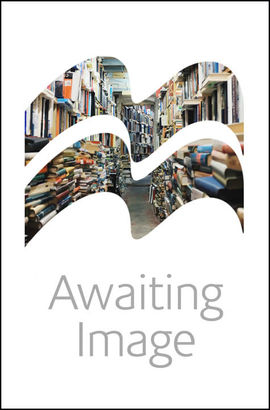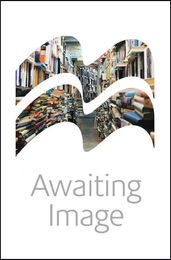
Radical Cartography
Synopsis
‘A true genius of cartography . . . Radical Cartography will make you see maps, and, indeed, your place on the planet, with fresh eyes’ Daniel Immerwahr, author of How to Hide an Empire
Maps are everywhere. They can change how cities are designed and how rivers flow, how wars are fought and how land claims are settled, how children learn about race and how colonialism becomes a habit of mind. Maps don’t just show us information – they help construct our world, making sense of our society, our environment, and even ourselves.
But the new ease and speed of mapping today can lead to the same results as ever: over-simplified maps being used as tools of control. Cartographer and historian William Rankin argues that it’s time to reimagine what a map can be and how it can be used. Maps are not neutral. They are innately political, defining how the world is divided, what becomes visible and what stays hidden, and whose voices are heard.
Brimming with vibrant, radical maps created by Rankin and by other cutting-edge mapmakers, Radical Cartography challenges the map as a tool of the status quo. Changing our maps can change the questions we ask, the answers we accept – and the planet we build.
Details
Reviews
This is it: the full download from a true genius of cartography. Radical Cartography will make you see maps and, indeed, your place on the planet, with fresh eyesDaniel Immerwahr, author of How to Hide an Empire
A fearless, fascinating examination of how maps shape our worldview. This revolutionary text strips away the myth of cartographic neutrality, revealing the power structures embedded in every contour line and choice of color. By turns charming and fierce, Radical Cartography is essential reading for anyone who’s ever taken a map at face valueGareth Cook, Pulitzer Prize-winning journalist and former series editor of Best American Infographics
A significant addition to the literature on cartography, William Rankin’s Radical Cartography uses seven parameters—boundaries, people, layers, projections, color, scale, and time—to systematically demonstrate that the graphics of maps are their argument. Readable and engaging, Rankin’s work expands the possibilities of cartographic representationJohanna Drucker, author of Inventing the Alphabet
In Radical Cartography, Bill Rankin interrogates the very concept of a map, while also showing us how its various elements—such as projection, color, scale, and layers—shape our understanding of reality. Through his attention to both the big picture and consequential details, we see mapmaking in all its complexity: messy, necessary, and full of promiseSusan Schulten
